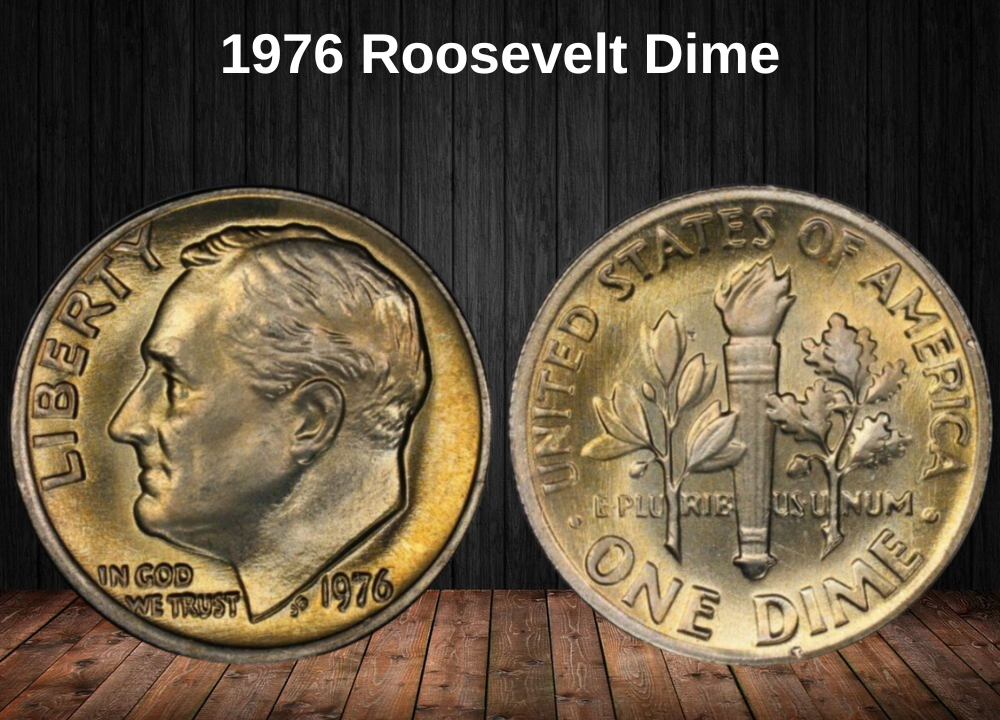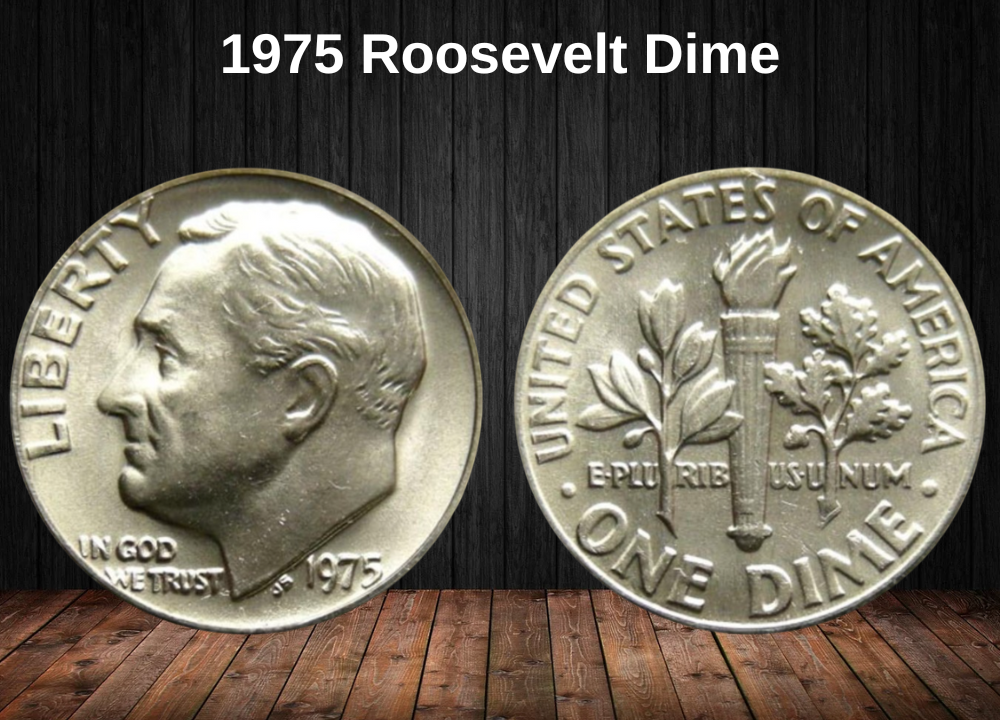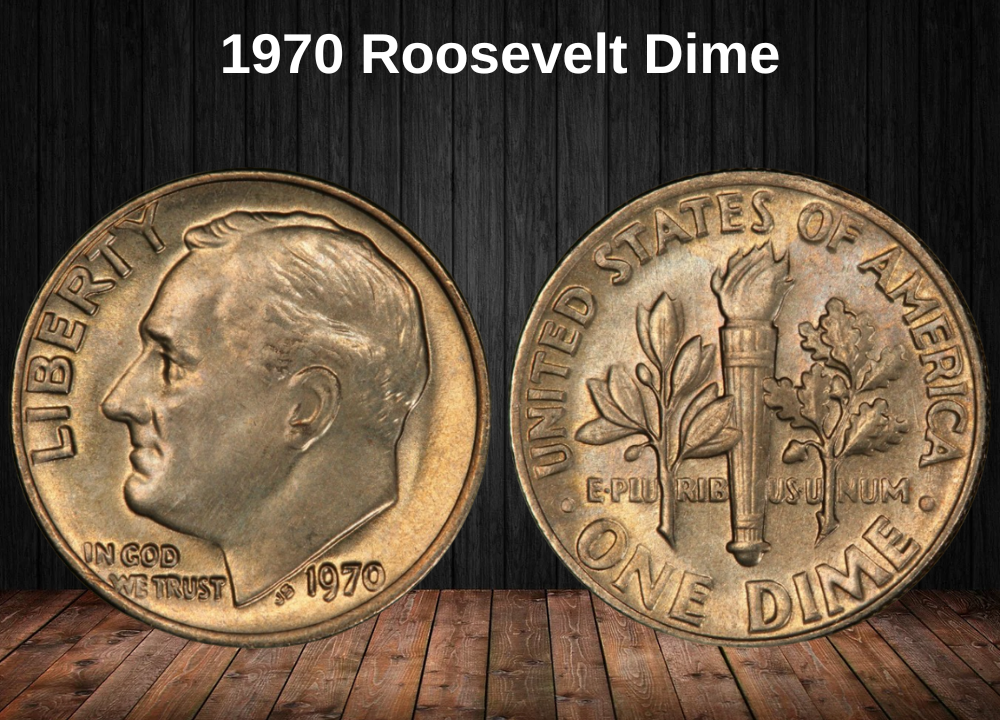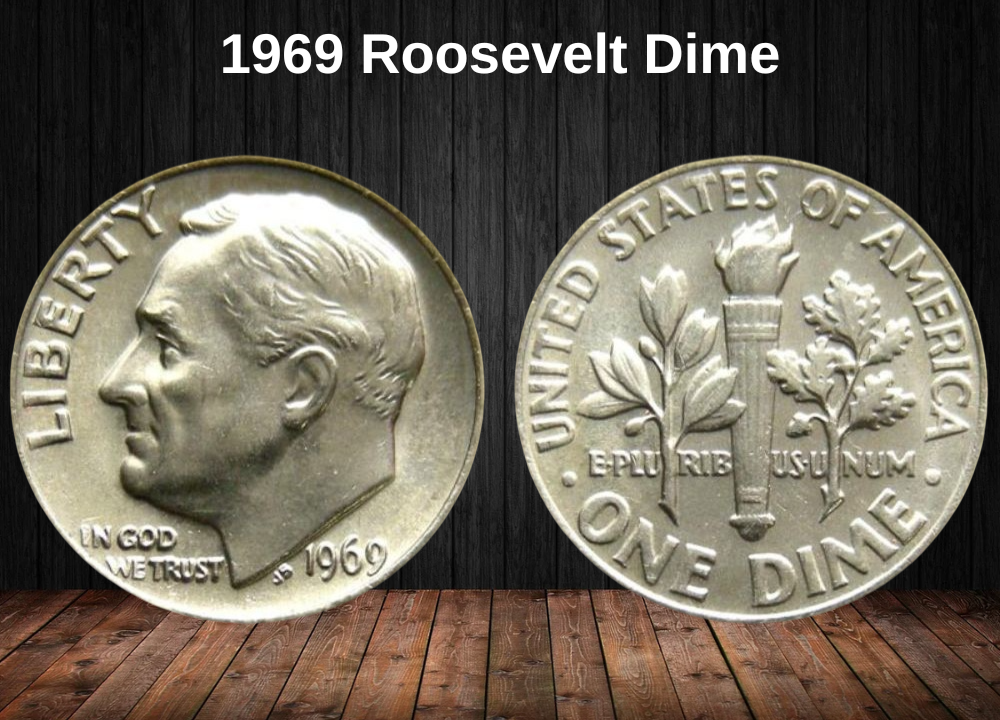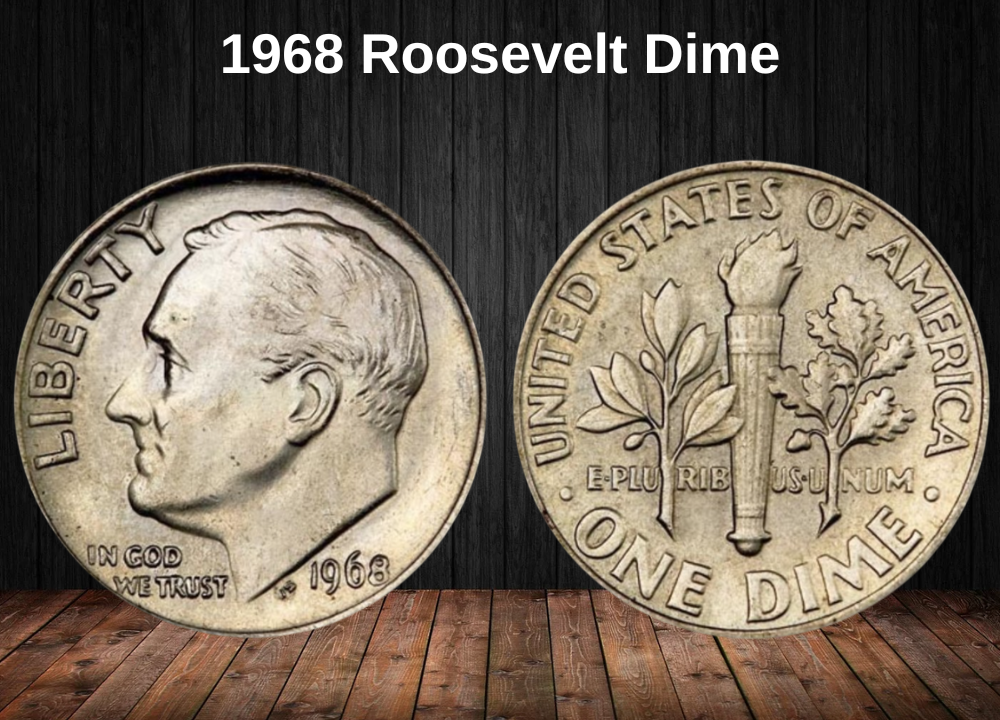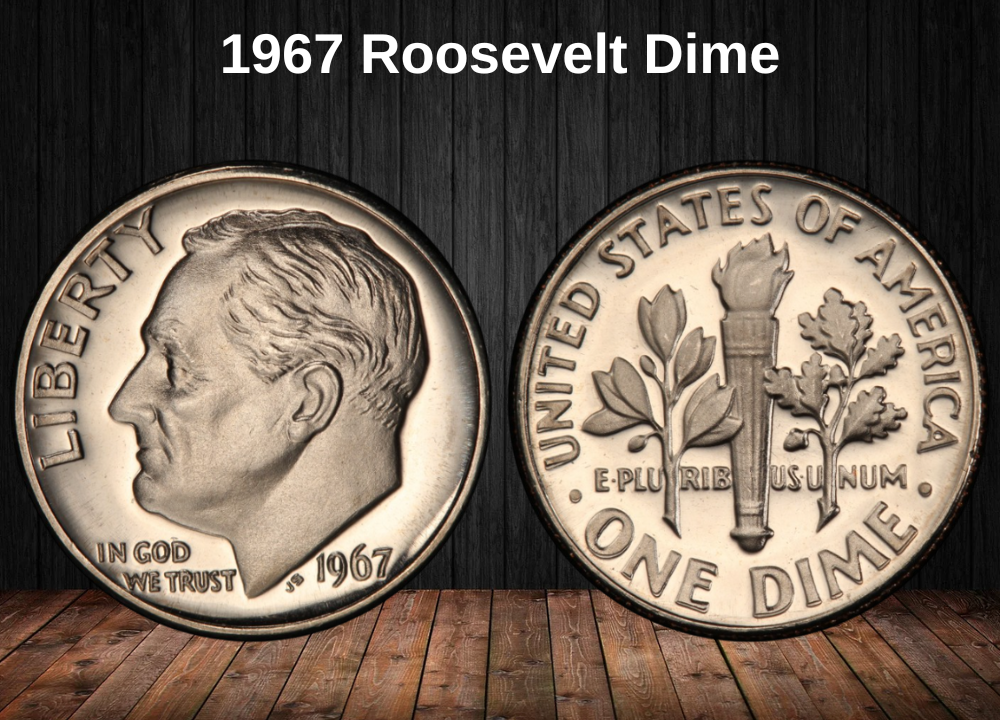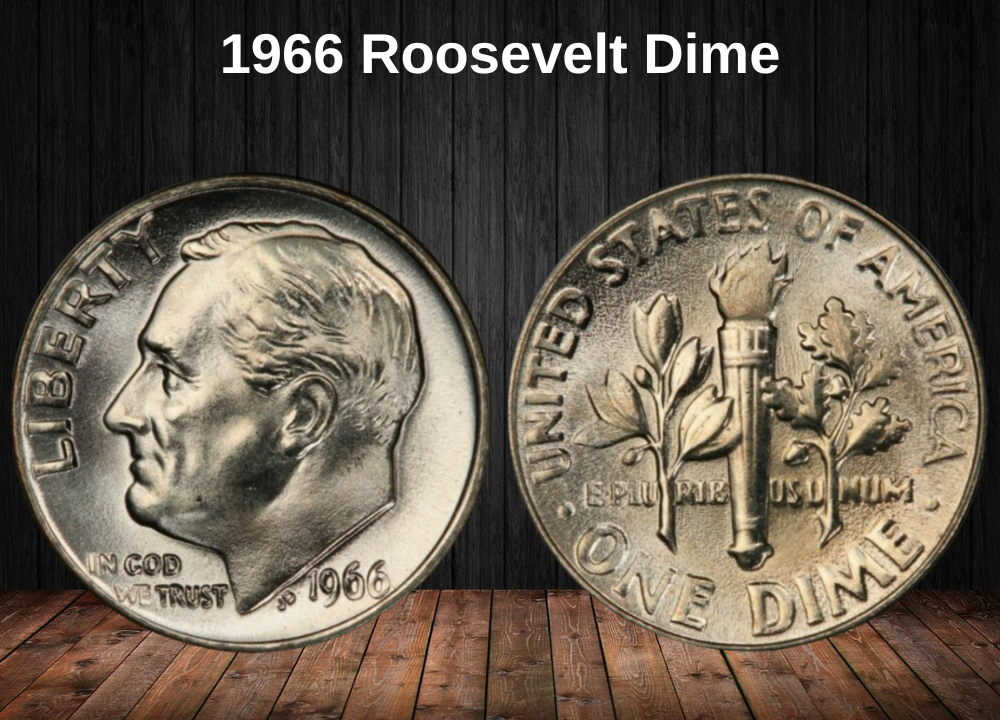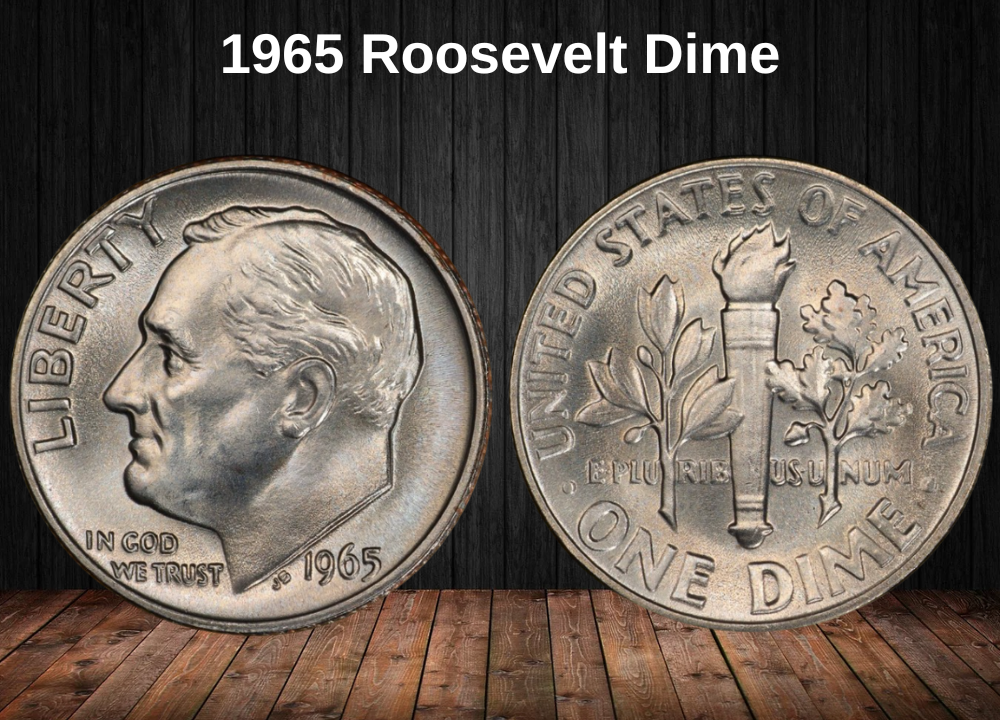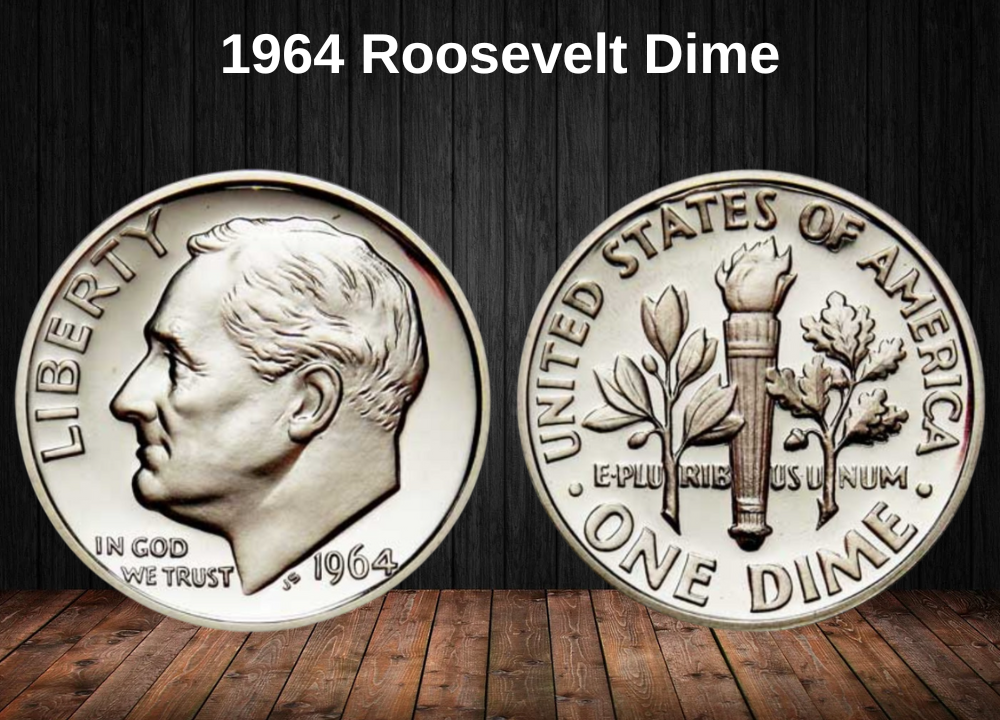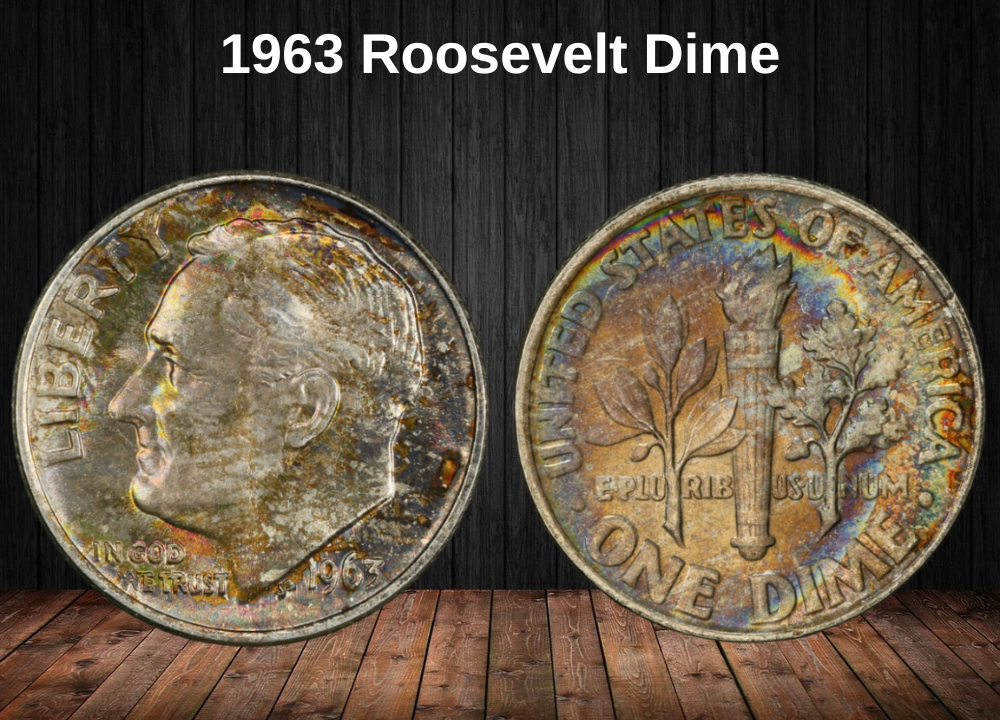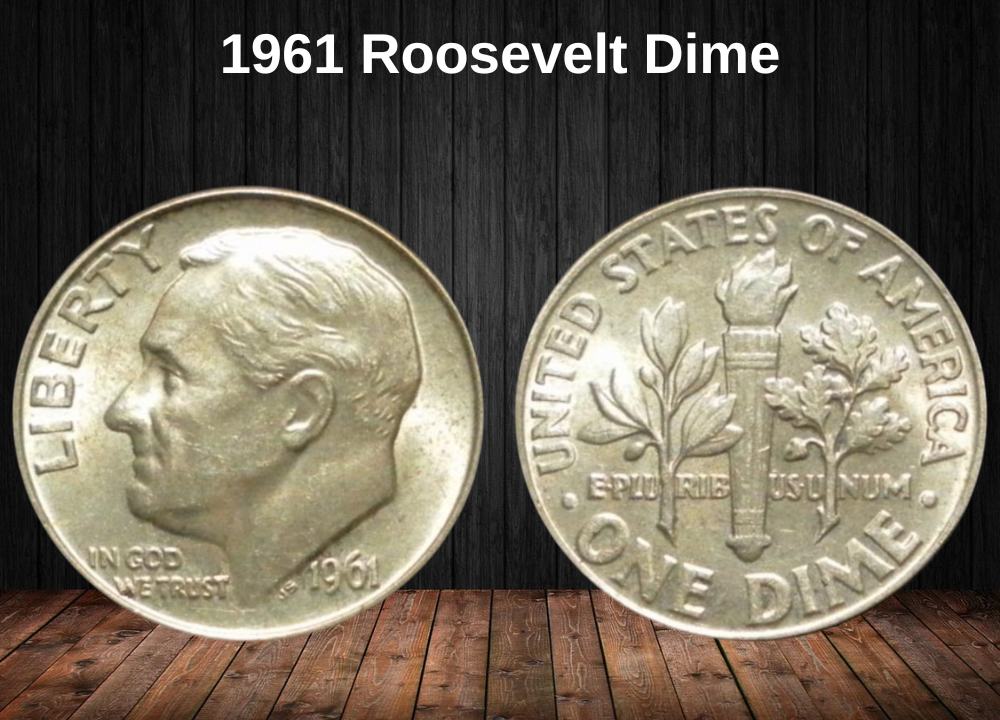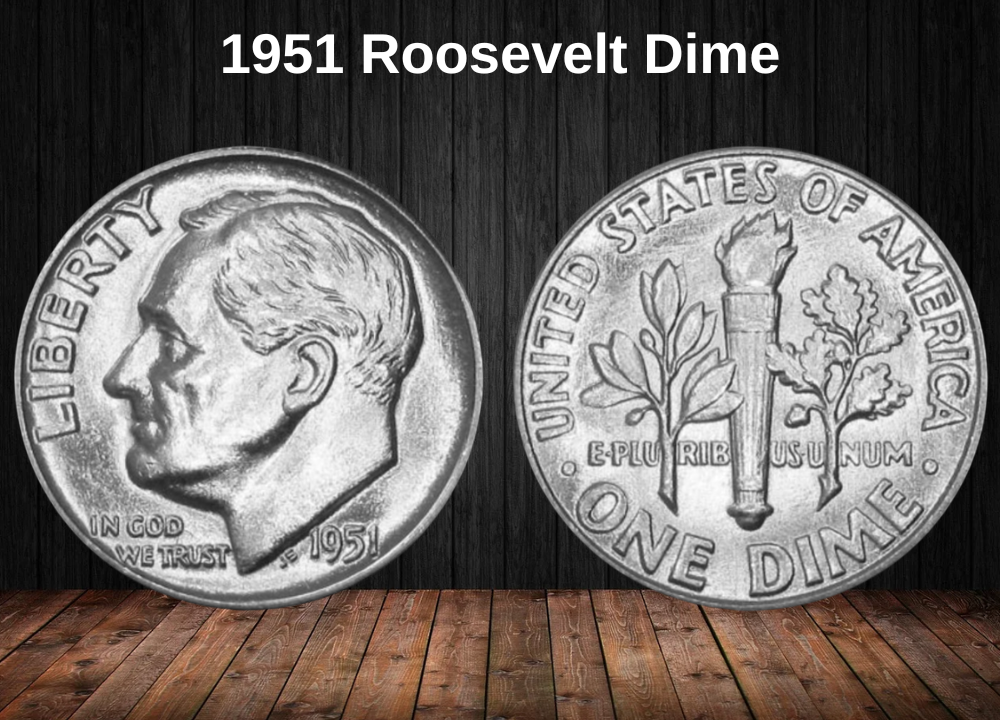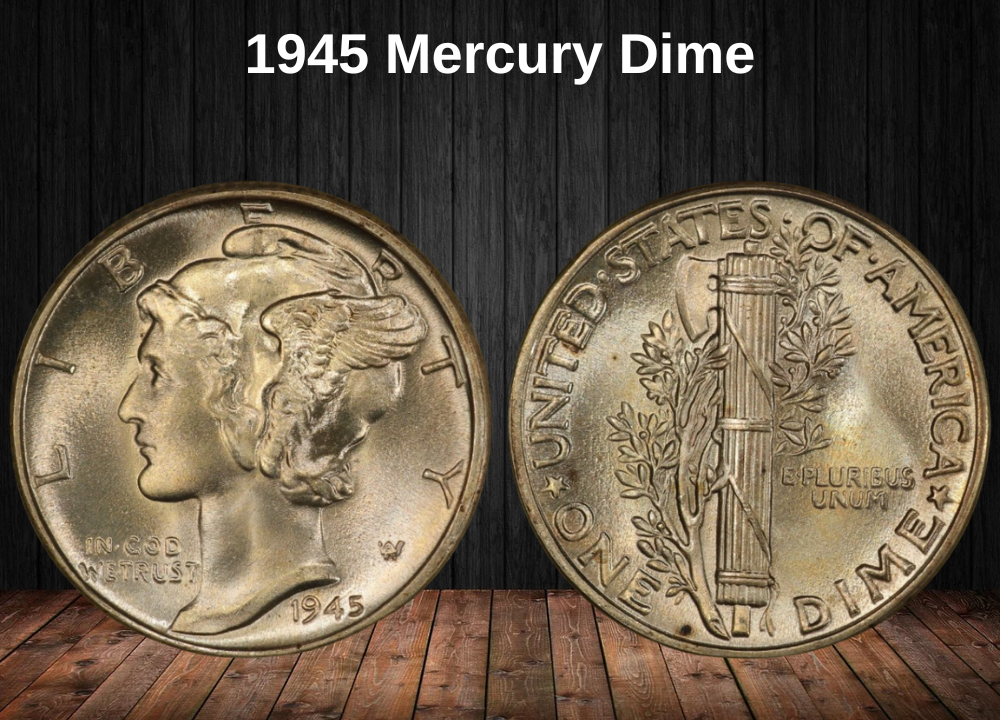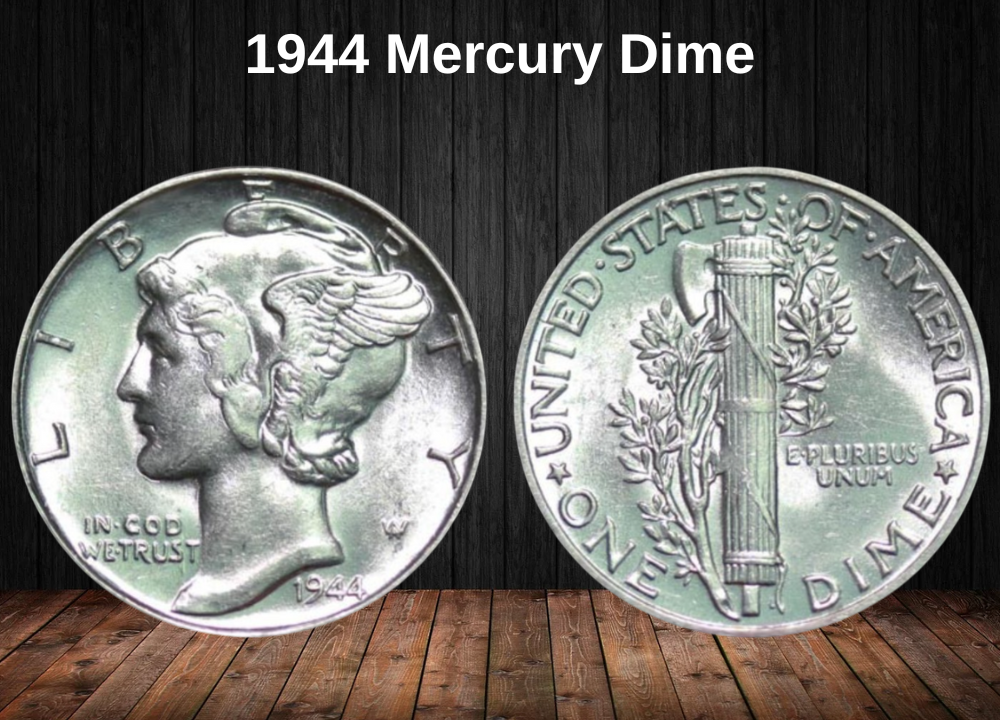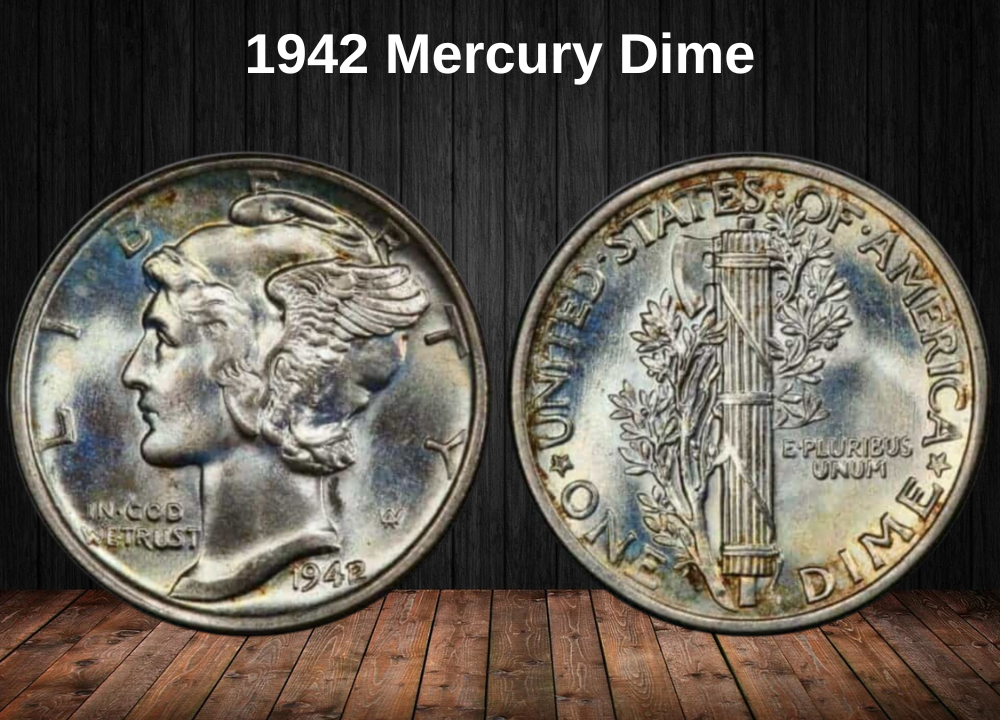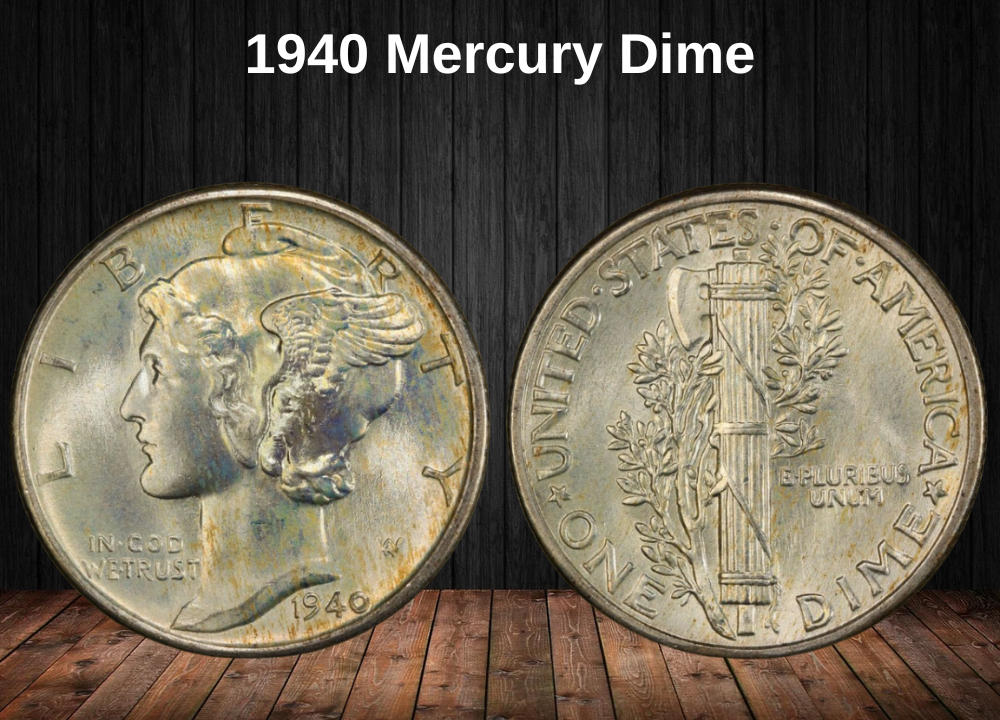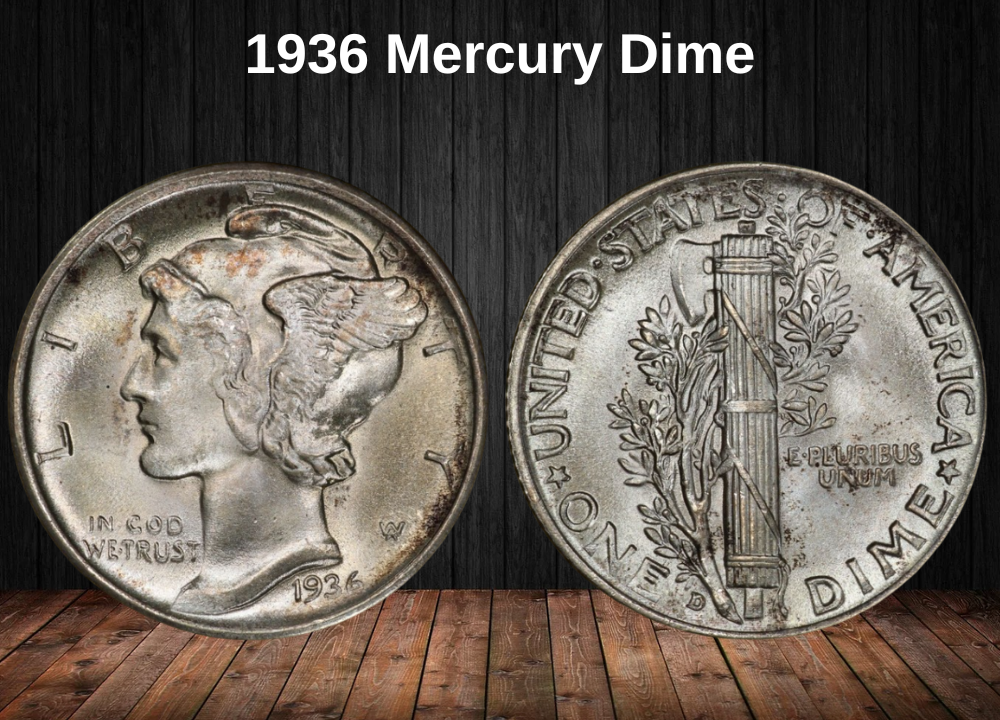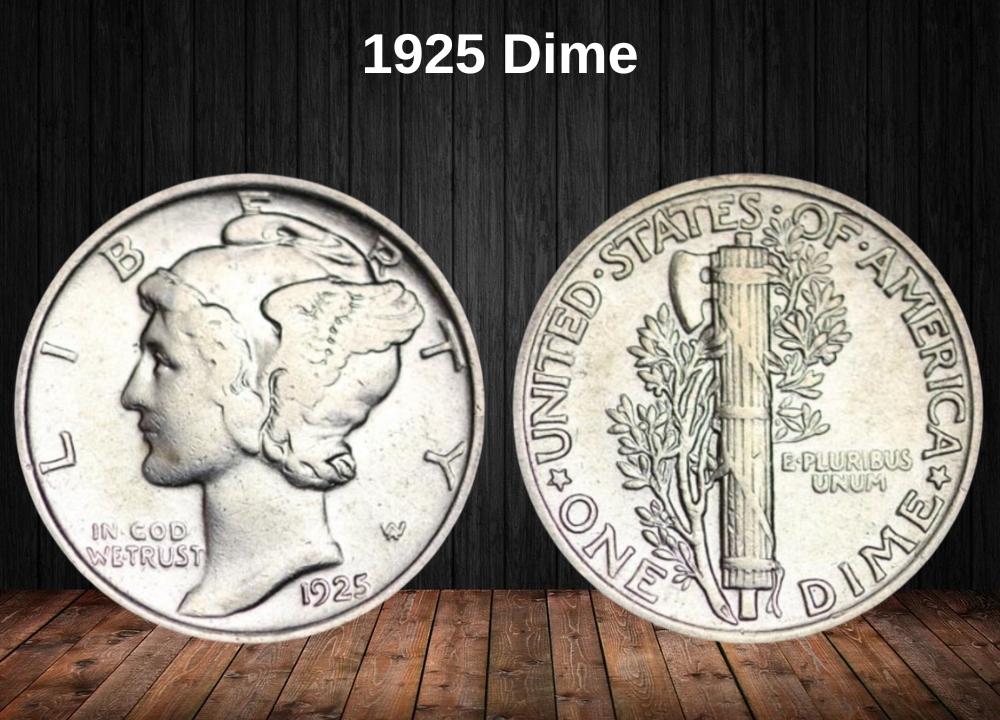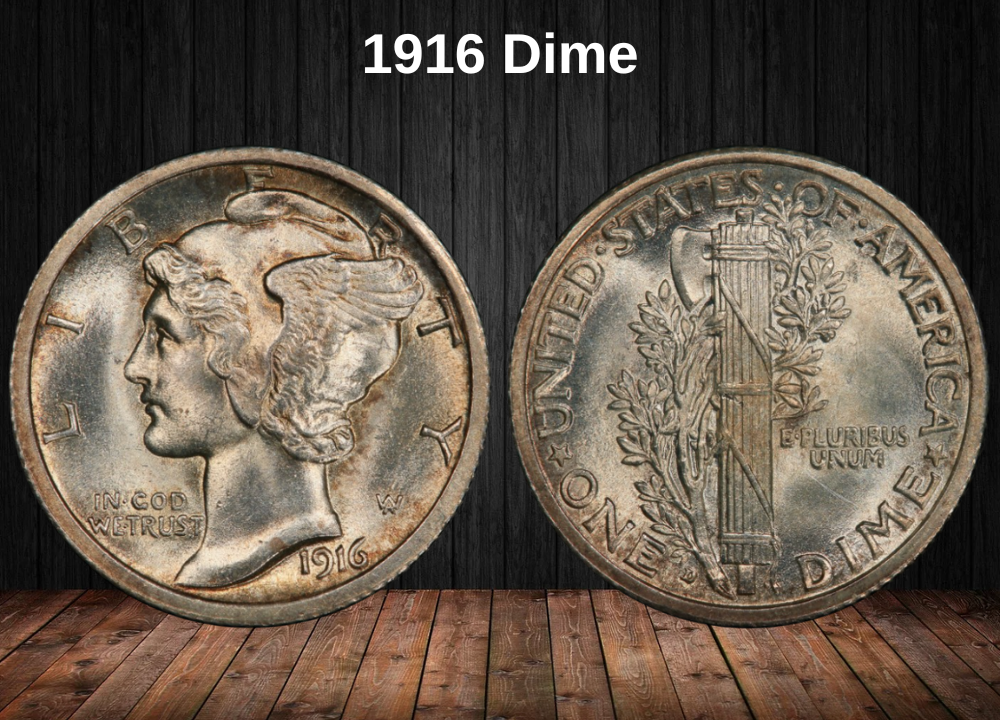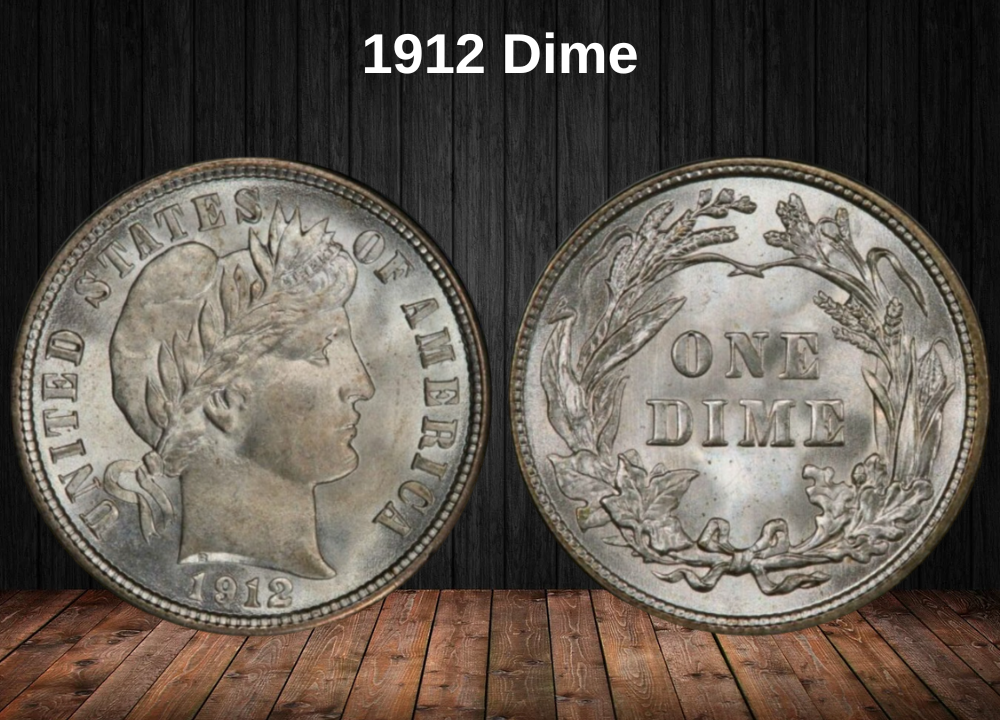The 1935 Mercury Dime is part of the beloved series designed by Adolph A. Weinman and minted between 1916 and 1945. While most 1935 dimes are common in circulated grades, certain specimens — especially those with Full Bands details, mint errors, or in pristine condition — can sell for thousands at auction.
1935 Dime Value Chart
| Mint Mark | Very Good (VG8) | Extra Fine (EF40) | About Uncirculated (AU50) | Uncirculated (MS60) | Uncirculated (MS65) |
|---|---|---|---|---|---|
| 1935 (No Mint Mark) | $4 | $6 | $8 | $15 | $80 |
| 1935 “D” Dime | $5 | $15 | $25 | $50 | $125 |
| 1935 “S” Dime | $4 | $10 | $20 | $28 | $110 |
💡 Note: Prices can rise dramatically for coins with Full Bands (FB) details, proof-like strikes, or mint errors.
History of the 1935 Dime
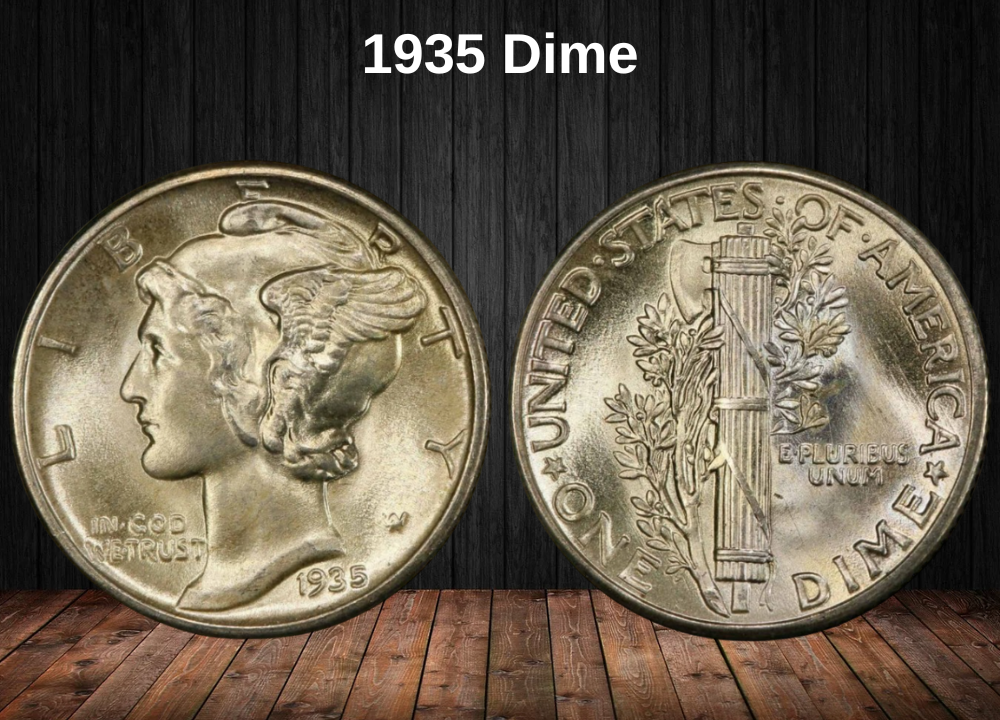
The 1935 Mercury Dime, officially called the Winged Liberty Head Dime, is part of one of the most iconic coin series in American history. Designed by Adolph A. Weinman and first issued in 1916, the Mercury Dime replaced the Barber Dime and remained in circulation until 1945.
The coin’s obverse depicts Lady Liberty wearing a winged Phrygian cap, symbolizing freedom of thought, which led collectors to nickname it the “Mercury Dime” due to its resemblance to the Roman god Mercury. The reverse features a fasces with an olive branch, representing both strength and peace, a powerful message during the interwar period.
By 1935, the Mercury Dime was a well-established part of U.S. coinage. Over 58 million dimes were struck that year across Philadelphia, Denver, and San Francisco Mints. While many examples circulated heavily during the Great Depression, high-grade pieces and those with sharp Full Bands details are now prized by collectors.
Features of the 1935 Dime
The 1935 Mercury Dime, officially called the Winged Liberty Head Dime, was designed by Adolph A. Weinman, one of the most prominent sculptors of early 20th-century American coinage. First introduced in 1916 to replace the Barber Dime, the Mercury Dime series continued until 1945 and remains celebrated as one of the most artistic and symbolic U.S. coins ever struck.
Obverse of the 1935 Dime
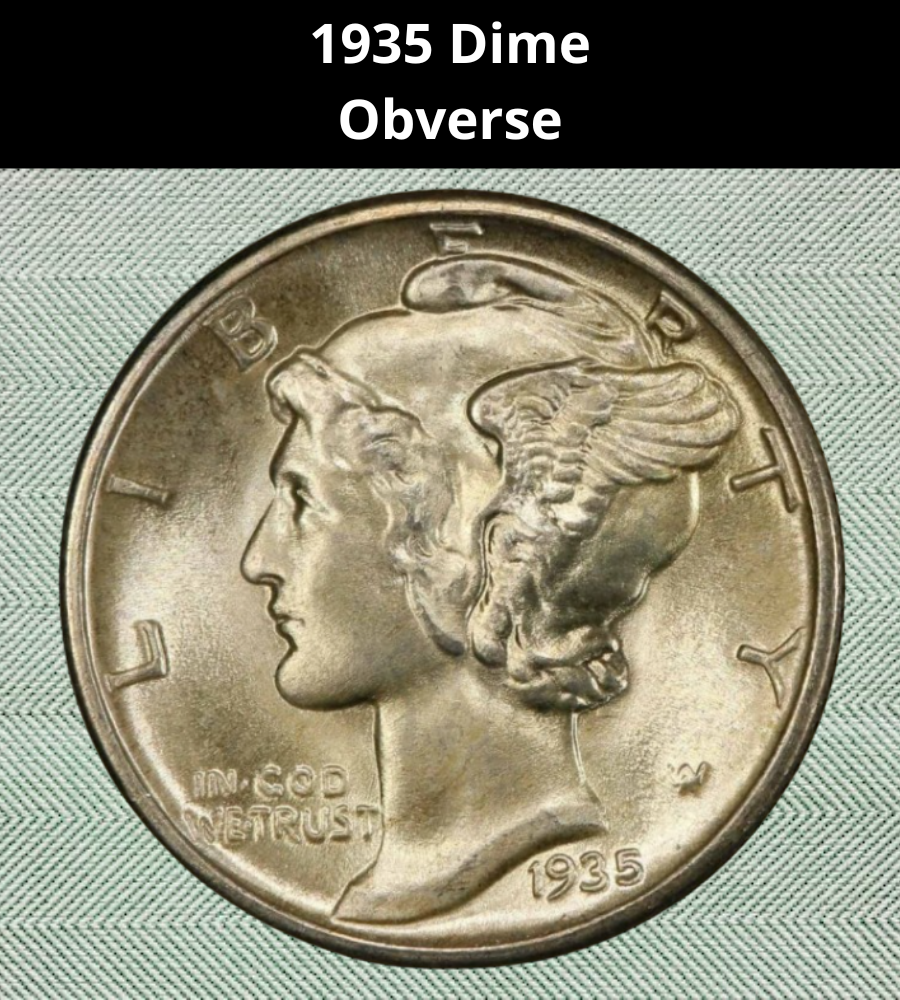
The obverse depicts Lady Liberty facing left, wearing a winged Phrygian cap that represents freedom of thought. Because of the resemblance to the Roman god Mercury, the coin quickly gained the nickname “Mercury Dime.”
The inscriptions on the obverse include:
- LIBERTY across the upper rim
- IN GOD WE TRUST to the left of Liberty’s neck
- The date 1935 at the lower right
- Designer’s initials “AW” near Liberty’s neck
Reverse of the 1935 Dime
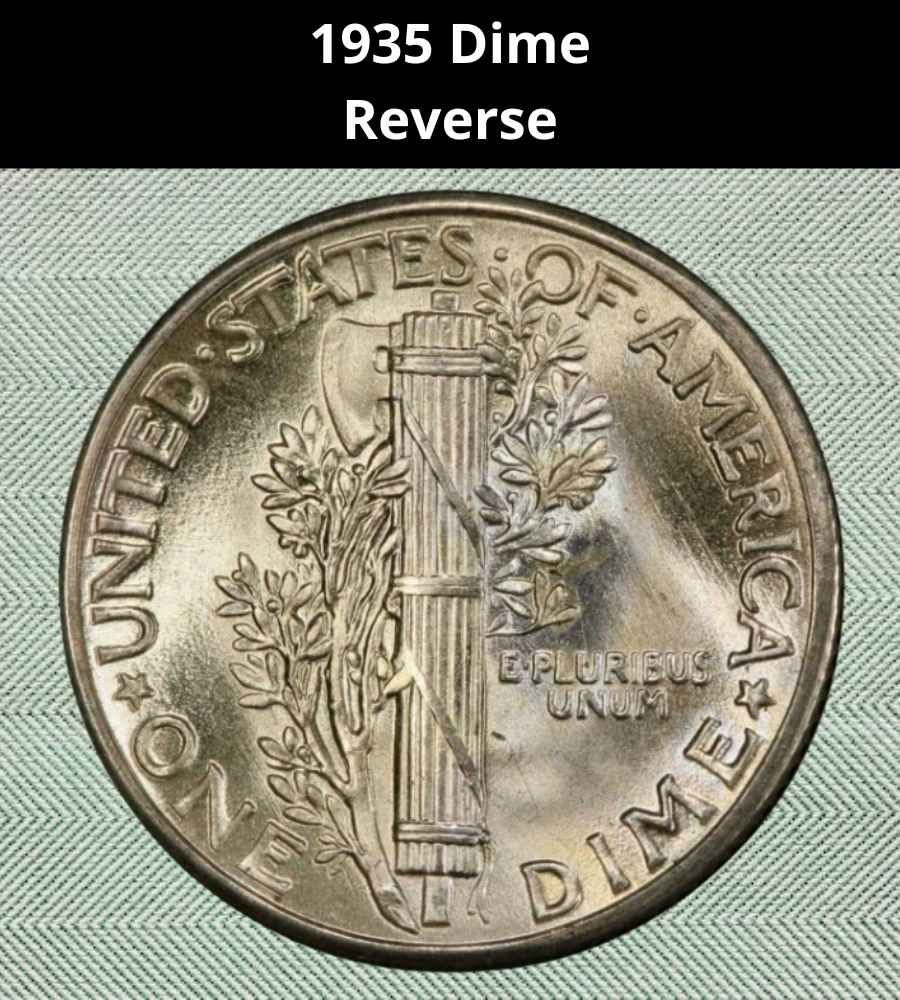
The reverse shows a fasces, or a bundle of rods tied with leather straps, symbolizing unity and strength, combined with an olive branch, an enduring symbol of peace. This imagery highlighted America’s balance of resilience and harmony in the interwar period.
The inscriptions on the reverse include:
- UNITED STATES OF AMERICA along the upper rim
- E PLURIBUS UNUM to the right of the fasces
- ONE DIME at the bottom
- The mint mark (D for Denver, S for San Francisco, or blank for Philadelphia) placed to the right of the “E” in “ONE”
1935 Dime Specifications
- Face Value: $0.10 (ten cents)
- Shape: Round
- Composition: 90% silver, 10% copper
- Type: Standard circulation coin
- Diameter: 17.91 mm (0.705 in)
- Weight: 2.50 g (0.08038 troy oz)
- Silver Weight: 2.25 g (0.07234 troy oz)
- Minting Technique: Milled
- Thickness: 1.35 mm (0.053 in)
- Edge: Reeded
The 1935 Mercury Dime is particularly noted for better strike quality compared to earlier issues, though Full Bands examples are still highly sought after. With its timeless design, silver content, and place in numismatic history, the 1935 dime continues to be a favorite among collectors.
1935 Dime Grading
Like all U.S. coins, the 1935 Mercury Dime is evaluated using the Sheldon Grading Scale, which ranges from 1 to 70. This system helps collectors and numismatists determine both the condition and the market value of a coin.
- Low Grades (1–4): Coins in Poor or Fair condition are heavily worn, with very little detail left visible. These are typically only worth face value.
- Good to Fine (6–20): Coins in Good, Very Good, or Fine grades show clear outlines of the design, though with significant wear.
- Very Fine to Extremely Fine (20–40): Coins in this range display more visible details, such as Liberty’s facial features and sharper lines in the fasces on the reverse.
- About Uncirculated (50–59): These coins show only minor wear on the highest points of the design and still retain much of their original mint luster.
- Mint State (60–70): Uncirculated coins with no signs of wear. A coin graded MS60 may have minor marks or weak luster, while MS65 examples are sharply struck with strong eye appeal. An MS70 is considered flawless, though Mercury Dimes at this grade are extremely rare, if not impossible to find.
| Grade | Description |
|---|---|
| 1 | Basal State |
| 2 | Fair |
| 3 | Very Fair |
| 4–6 | Good |
| 7–10 | Very Good |
| 12–15 | Fine |
| 20–30 | Very Fine |
| 40 | Extremely Fine |
| 50 | About Uncirculated |
| 60 | Mint State (Uncirculated) |
| 65 | Choice Mint State |
| 70 | Perfect Mint State |
Understanding coin grading is essential for determining the true value of a 1935 dime, since even a small difference in grade can raise its price from just a few dollars to hundreds or even thousands at auction.
1935 Dime Value Guides
1935 No Mint Mark Dime Value
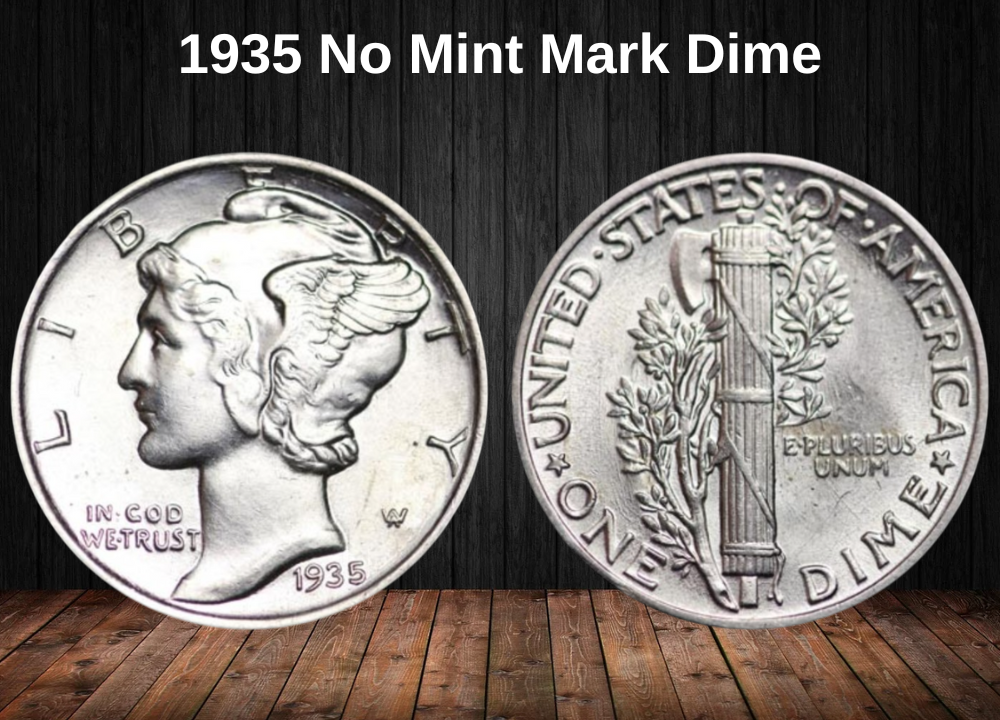
In 1935, the Philadelphia Mint struck 58,830,000 dimes, far more than the other two mints. These coins can be identified by the absence of a mint mark.
Because of the high mintage, 1935 (P) dimes are not rare, even in higher grades. For example:
- MS60 specimens are valued at around $15
- MS65 coins are worth approximately $80
The auction record for a 1935 no mint mark dime is $1,140, achieved in an eBay sale in 2021. While this is a decent return, it pales in comparison to rarer Mercury dimes, such as the 1916-D, which sold for $29,900 at auction.
1935 D Dime Value
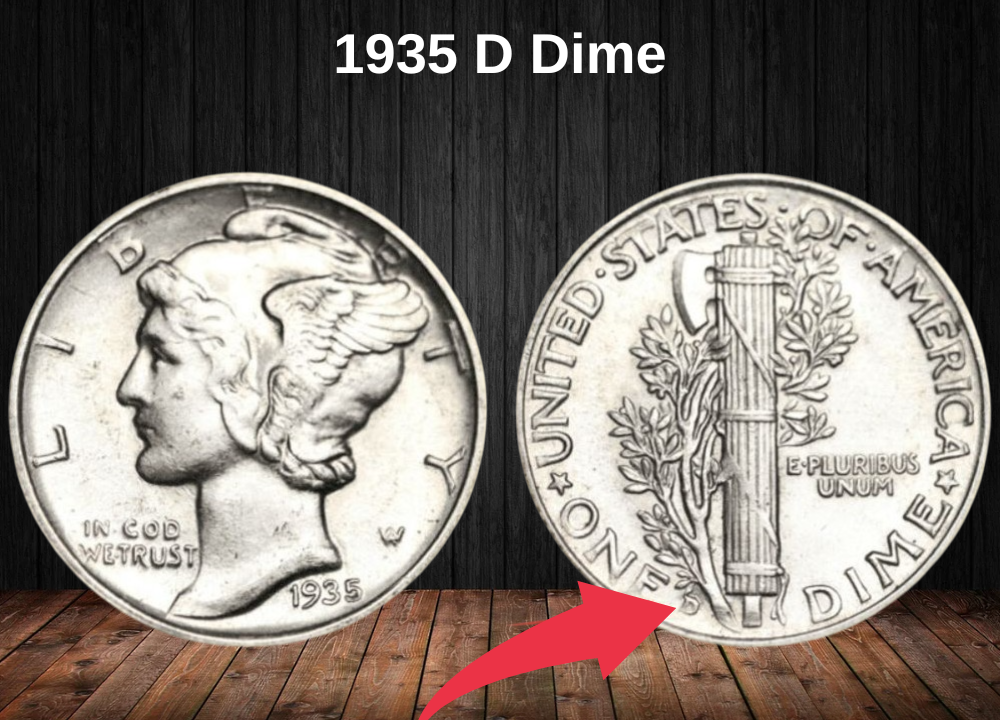
The Denver Mint produced 10,477,000 dimes in 1935. While their base value is similar to the Philadelphia issues at lower grades, higher-grade Denver dimes are more desirable and command stronger prices.
- An AU50 coin is worth nearly four times as much as its Philadelphia counterpart.
- An MS65 1935-D dime is valued at $125.
The auction record for a 1935-D dime was set in 2006 at a Heritage Auctions sale. The coin, graded MS68 by NGC, carried a guide price of $3,250 but ultimately sold for $2,300.
1935 S Dime Value
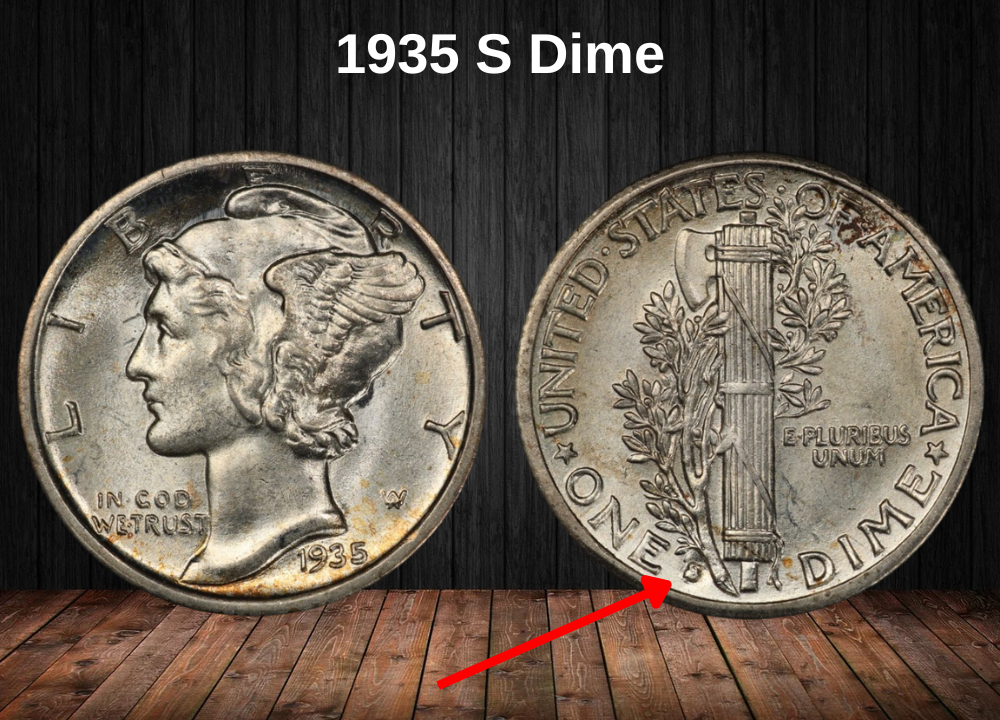
The San Francisco Mint struck 15,840,000 dimes in 1935. Like the other varieties, they are not particularly scarce in circulated or even uncirculated condition.
- An MS60 coin is valued at about $28
- An MS65 coin is worth around $110
Despite its relatively modest catalog value compared to the Denver issue, the San Francisco dime holds the highest auction record among the 1935 issues. In 2014, a 1935-S dime graded MS68 by PCGS sold for $3,819 at Heritage Auctions.
1935 Full Band Dimes (FB)
Some 1935 dimes are far more valuable when they earn the Full Bands (FB) designation. This refers to the clarity of the horizontal bands that tie the fasces on the reverse. Many Mercury dimes do not show full separation of these bands due to weak strikes.
Collectors pay significant premiums for 1935 FB dimes, especially in higher mint state grades:
- A 1935 (P) dime graded MS68FB sold for $11,213 in 2006.
- A 1935-D dime graded MS67FB sold for $17,250 in 2000.
- The record-holder is a 1935-S dime graded MS68+FB, which sold for an astounding $90,000 in 2019.
These results highlight just how dramatically the FB designation can boost the value of an otherwise common 1935 dime.
The Designer of the 1935 Dime
The Mercury Dime was designed by Adolph A. Weinman, a German-born American sculptor who became one of the most celebrated artists of early 20th-century U.S. coinage. In addition to the dime, Weinman also designed the Walking Liberty Half Dollar, which many collectors consider one of the most beautiful coins ever struck in the United States.
Weinman immigrated to the United States as a child and grew up in New York. He studied at the Cooper Union, the Art Students League, and later refined his artistic training at the École des Beaux-Arts in Paris. His versatile career extended far beyond numismatics—he worked in architecture, medallic art, and large-scale sculpture.
Some of his most notable works include:
- The equestrian statue of General Philip Sheridan in Washington, D.C.’s Sheridan Circle.
- The figures on the pediment of the U.S. Supreme Court Building in Washington, D.C.
Weinman was also a member of both the American Academy of Arts and the National Academy of Design. His works have been displayed in prestigious galleries and museums worldwide. Today, he remains regarded as one of the most influential sculptors of the 20th century, with his legacy immortalized in both public monuments and iconic U.S. coinage.
Rare 1935 Dime Error Lists
1935 Dime RPM Error
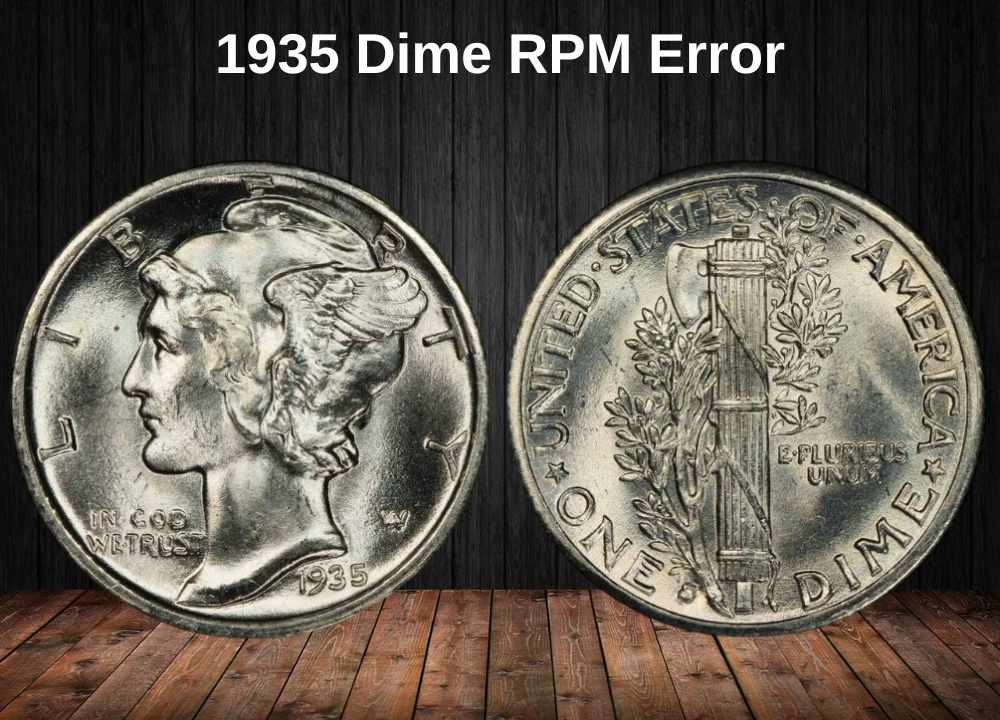
Some 1935 dimes from the San Francisco Mint feature a Repunched Mint Mark (RPM) error. This happens when the initial mint mark is placed incorrectly, then struck again to correct the mistake. As a result, the coin may show a doubled or misaligned mint mark.
In many cases, RPM errors are subtle and cannot be detected with the naked eye, requiring a magnifying glass or microscope to confirm. Collectors value these coins higher than standard strikes, but the price depends heavily on both the coin’s grade and the clarity of the error.
1935 Dime Off-Center Strike Error
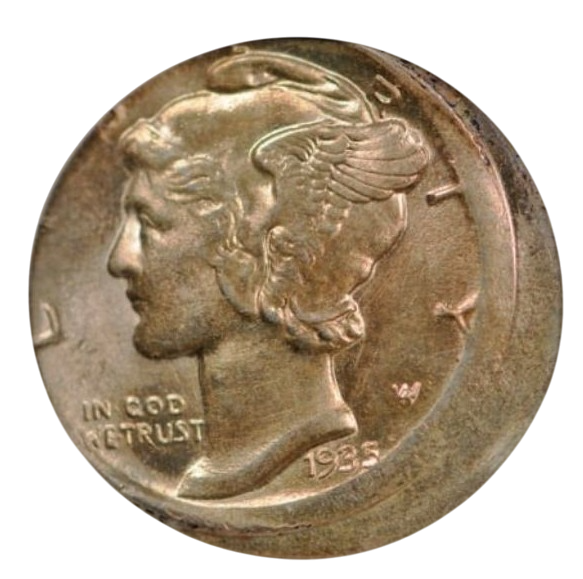
Another rare variety is the off-center strike error. This occurs when the coin blank is misaligned during striking, causing the design to appear off-center, sometimes with parts of the image missing.
These errors can vary from slight shifts (1–5%) to extreme misstrikes covering over 50% of the design. Interestingly, the most desirable off-center errors are usually those around 50% off-center with the full date still visible, as they balance rarity with identification.
Both the RPM and off-center strike errors add collectible value to a 1935 dime, especially when combined with high grades or sharp details.
Where to Sell Your Dime Coin?
Now that you know the value of your dime, the next step is deciding where to sell it. There are several trusted options—both online and in person—that can help you get the best price depending on your coin’s rarity and condition.
To see the full list of recommended places, along with their advantages and disadvantages, check our complete guide on where to sell your dime coins.
1935 Dime FAQs
Why is the 1935 Mercury Dime still popular among collectors today?
The 1935 Mercury Dime remains popular because it represents the artistic vision of Adolph A. Weinman, one of America’s most celebrated coin designers. Despite being a common year in terms of mintage, collectors value the coin for its design, silver content, and the possibility of rare high-grade examples with Full Bands.
What impact did mint location have on the value of the 1935 dime?
Mint location plays a crucial role. Philadelphia struck the most coins, making no-mintmark dimes the most common. Denver dimes (D) are scarcer in high grades, and San Francisco dimes (S) hold the record for the highest auction price due to a Full Band MS68+ example selling for $90,000.
Why are Full Band (FB) 1935 dimes considered so valuable?
Full Band dimes show clear, uninterrupted horizontal lines on the fasces, which indicates a strong strike. Since most Mercury dimes from 1935 did not strike fully, FB coins are rare and command significant premiums. For example, while a regular MS65 dime might be worth under $150, an FB coin of the same grade could sell for thousands.
What role did Adolph A. Weinman’s design play in the popularity of the 1935 dime?
Weinman’s artistry gave the dime timeless appeal. Lady Liberty with a winged cap (symbolizing freedom of thought) and the fasces with an olive branch (strength and peace) resonated with Americans during the interwar years. His design elevated the coin beyond currency, making it a piece of art.
How do grading standards affect the value of the 1935 dime?
Grading is critical. Lower-grade coins (VG to VF) hold only modest premiums above face value, but mint-state coins (MS60+) bring much higher prices. With MS65+ FB designations, the price can increase exponentially, often by 50–100 times compared to regular strikes.
What kinds of errors are most sought after on the 1935 dime?
The most notable errors include RPM (Repunched Mint Mark) errors, off-center strikes, and double-die varieties. Among these, well-preserved off-center coins with visible dates and RPM dimes from San Francisco are particularly desirable to advanced collectors.
How does the silver content influence the 1935 dime’s baseline value?
Each 1935 Mercury Dime contains 90% silver, giving it an intrinsic melt value tied to the silver market. Even worn-out examples with no collectible premium are worth at least their silver bullion content, ensuring they always retain some base value.

